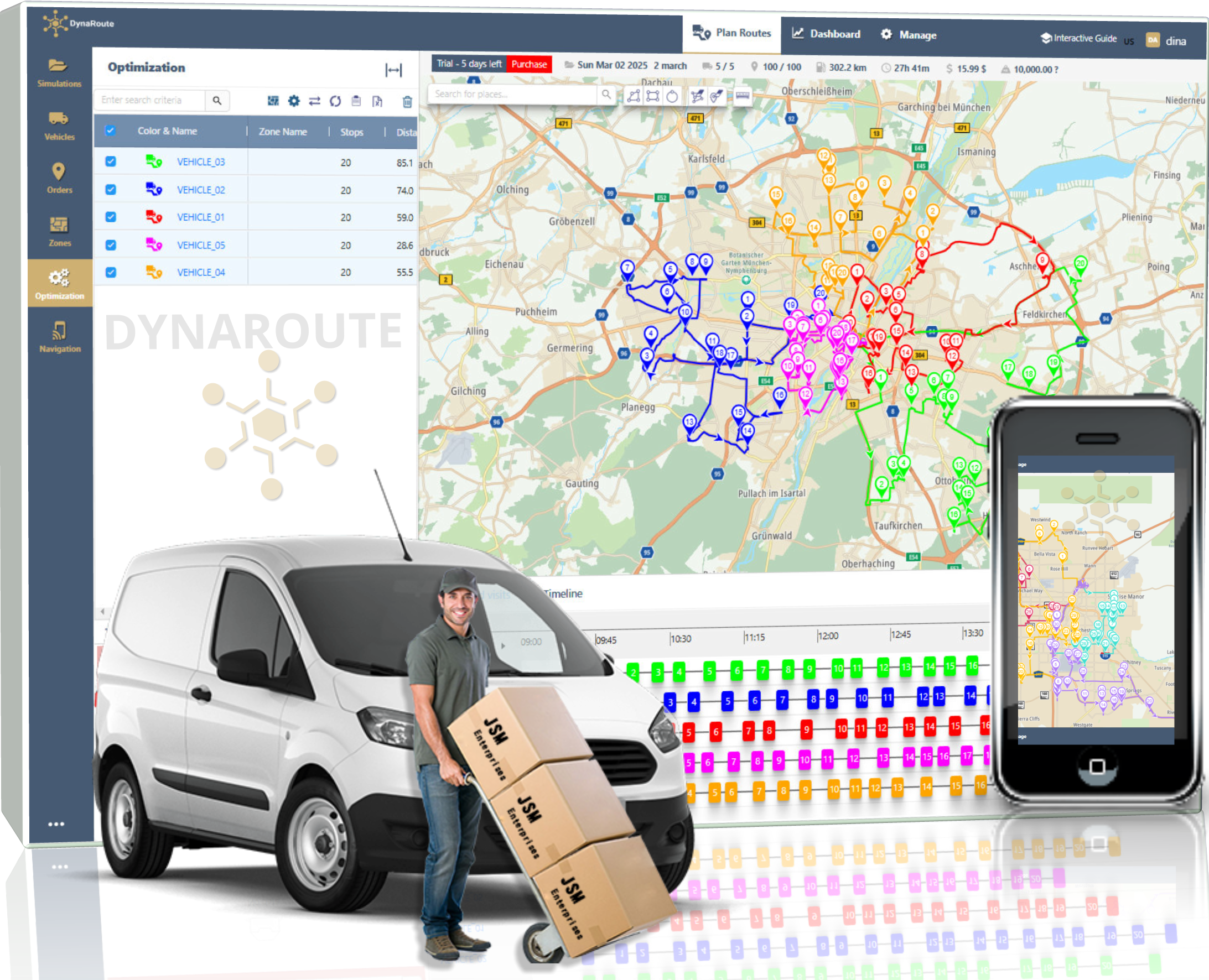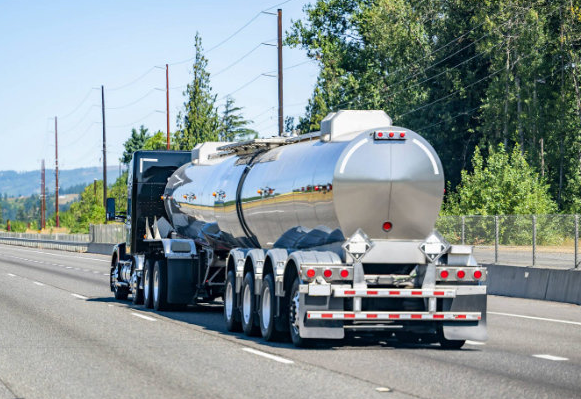Editor's Pick


There are various types of route optimization, each serving different operational requirements and complexities. Understanding these types can help businesses choose the best approach for effectively optimizing their delivery and service routes. Static route optimization includes planning routes in advance using fixed data. This approach does not take into account real-time changes such as traffic conditions, road closures, or last-minute delivery requests. Advantages of Static Route Optimization Disadvantages Static Route Optimization In contrast, dynamic route optimization continuously adjusts routes based on real-time data. This includes traffic updates, weather conditions, and any last-minute changes in delivery requirements. Advantages of Dynamic Route Optimization Disadvantages of Dynamic Route Optimization Advantages of Single-Stop Route Optimization Disadvantages of Single-Stop Route Optimization Multi-stop route optimization entails creating routes that include multiple delivery or pickup points in a single trip. This method maximizes vehicle capacity while reducing overall travel distances and time. It is frequently used for parcel delivery, grocery delivery, and field service operations. Advantages of Multi-Stop Route Optimization Disadvantages of Multi-Stop Route Optimization Understanding the various types of route optimization—static vs. dynamic, single vs. multi-stop—can assist businesses in determining the best strategy to meet their specific requirements. Static route optimization is appropriate for predictable, stable environments, whereas dynamic route optimization provides flexibility and efficiency under changing conditions. Single-stop route optimization is best for specialized deliveries, whereas multi-stop route optimization improves vehicle utilization and lowers costs.Static versus Dynamic Route Optimization
Static Route Optimization
Static optimization is commonly used in scenarios where delivery schedules and conditions are consistent and do not change frequently.
Dynamic Route Optimization
Dynamic optimization is best suited for environments where conditions are constantly changing and immediate adjustments are required to maintain efficiency.
Route Optimization: Single vs. Multiple Stops
Single-Stop Route Optimization
Single-stop route optimization aims to optimize routes for vehicles that make only one delivery per trip. This is common in situations where deliveries are large or require special handling, making it impractical to combine multiple stops into a single route.
Multi-Stop Route Optimization





